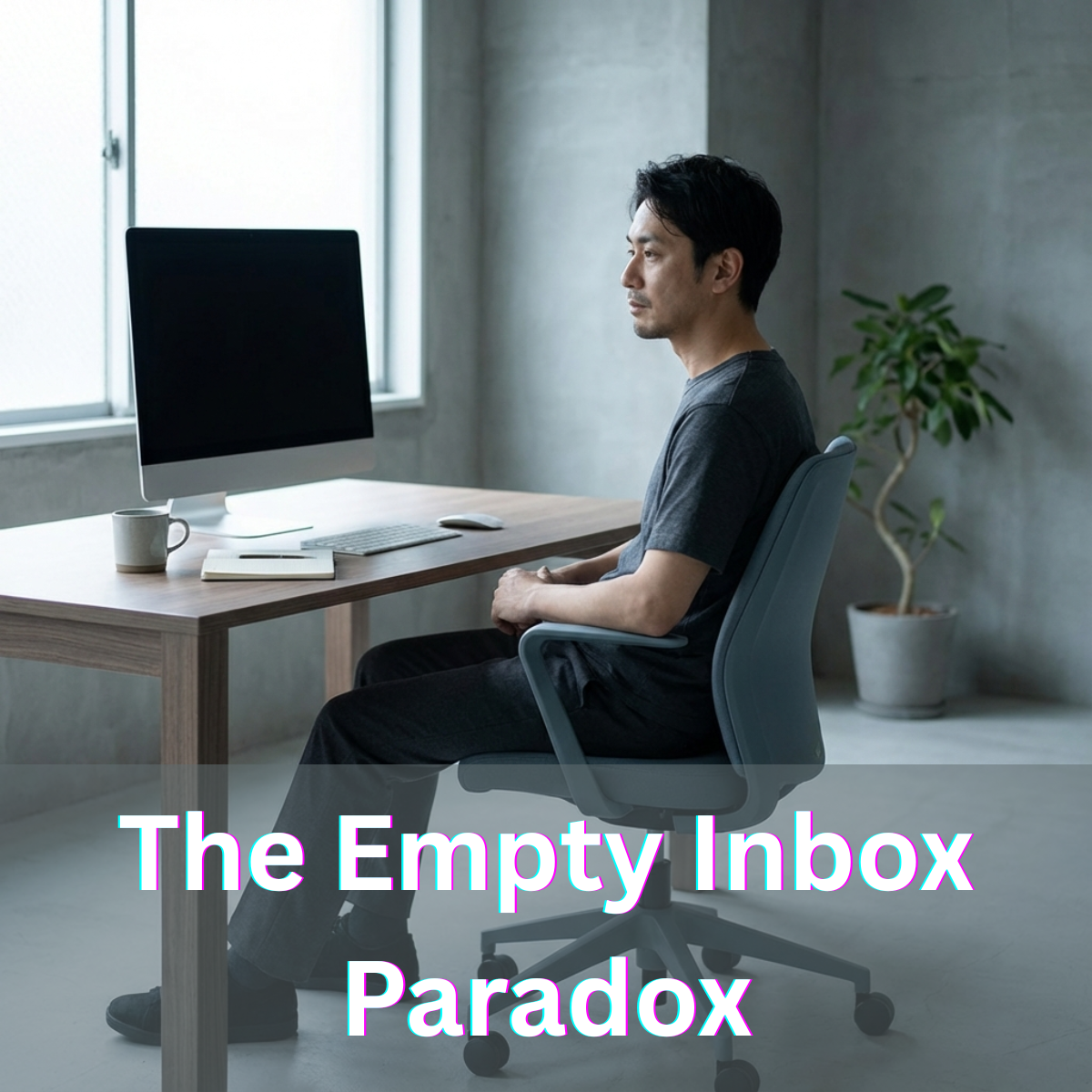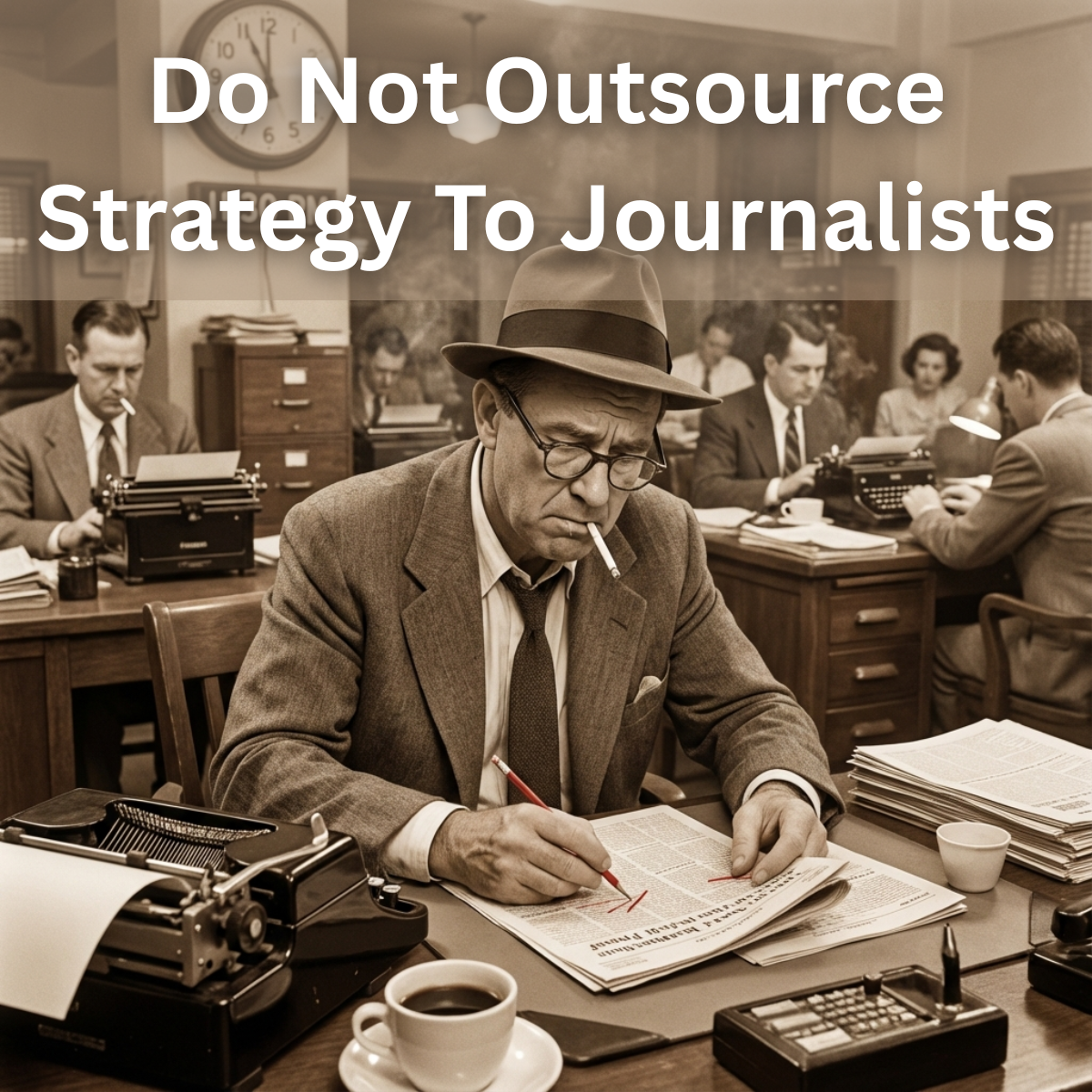WOOP (Wish, Outcome, Obstacle, Plan) thinking was developed by Gabriele Oettingen, a professor of psychology at New York University and the University of Hamburg. Oettingen is known for her research on motivation, self-regulation, and goal achievement. WOOP is based on her work on mental contrasting, a strategy that encourages people to imagine achieving their goals (wish), consider the best possible outcome (outcome), reflect on the internal and external obstacles that may prevent them from reaching those goals (obstacle), and then create an if-then plan to overcome those obstacles (plan). This approach is designed to help individuals improve their ability to meet personal and professional objectives.
I came across Oettingen’s work one day while reading a journal on educational psychology. The concept in her research that inspired me the most was her discussion on considering the obstacles that could hinder my plan well in advance. I would think of the possible obstacles as part of my planning process. This is something that I had never conceived of doing but made logical sense. Planning for what the obstacles could be is an essential ingredient to planning, and it was an obvious consideration that has aided me in my pursuits.
This is a practical element of any planning process and applies directly to making successful life-changing commitments. If you are trying to establish a new habit and make a life change, then you definitely should consider going through this WOOP methodology. If you ponder the obstacles that you might encounter while trying to implement your new commitment, then you can increase your likelihood of success. For example, when I committed to run every day, I realized that specific potential issues could get in my way. One of them was my travel schedule. So, I packed a separate travel pack that included essential running gear. I bought one extra set of everything I needed and had that ready to go. This was a simple thing to do, but one of the major obstacles to my being successful in my daily commitment was to deal with the travel issue head-on.
If you take the time to ponder this, you will uncover the issues that get in your way. Some of them are common problems, and with a bit of research, you will learn that there are easy ways to overcome these. For example, laundry. I hate laundry, and it is always an obstacle to me, no matter what commitment I am pursuing. I created a small system, based on advice I found on YouTube and now follow that. It does not always work, but for the most part, my laundry problem stays under control. This may not be a barrier to you, but it is to me. Walking into my closet and seeing all the disorganized laundry is a soul-crushing moment for me and can derail my best intentions. So, instead of letting that obstacle become a problem, I have tried to maintain a system that keeps that at bay.
When it comes to life-changing commitments, success isn’t just about the initial burst of motivation; it’s about anticipating the hurdles along the way. WOOP thinking shifts the focus from simply dreaming about success to actively preparing for the inevitable roadblocks that arise. This method is about being proactive rather than reactive. Whether it’s managing a travel schedule or dealing with mundane but persistent obstacles like laundry, having a plan to face these challenges head-on makes all the difference. In my experience, the act of acknowledging these barriers and preparing for them in advance has been transformative. It’s easy to get caught up in the excitement of a new goal, but that excitement fades quickly when reality hits. By embracing the WOOP approach, I’ve found that the obstacles I once viewed as deal-breakers have become manageable, and, in some cases, even predictable. If you’re serious about making real change, take a step back and think through not only what you want to achieve but also what might stop you. Plan for those moments of friction, and you’ll find that you’re much better equipped to stay on course. In the end, it’s not just about dreaming big—it’s about thinking ahead.




